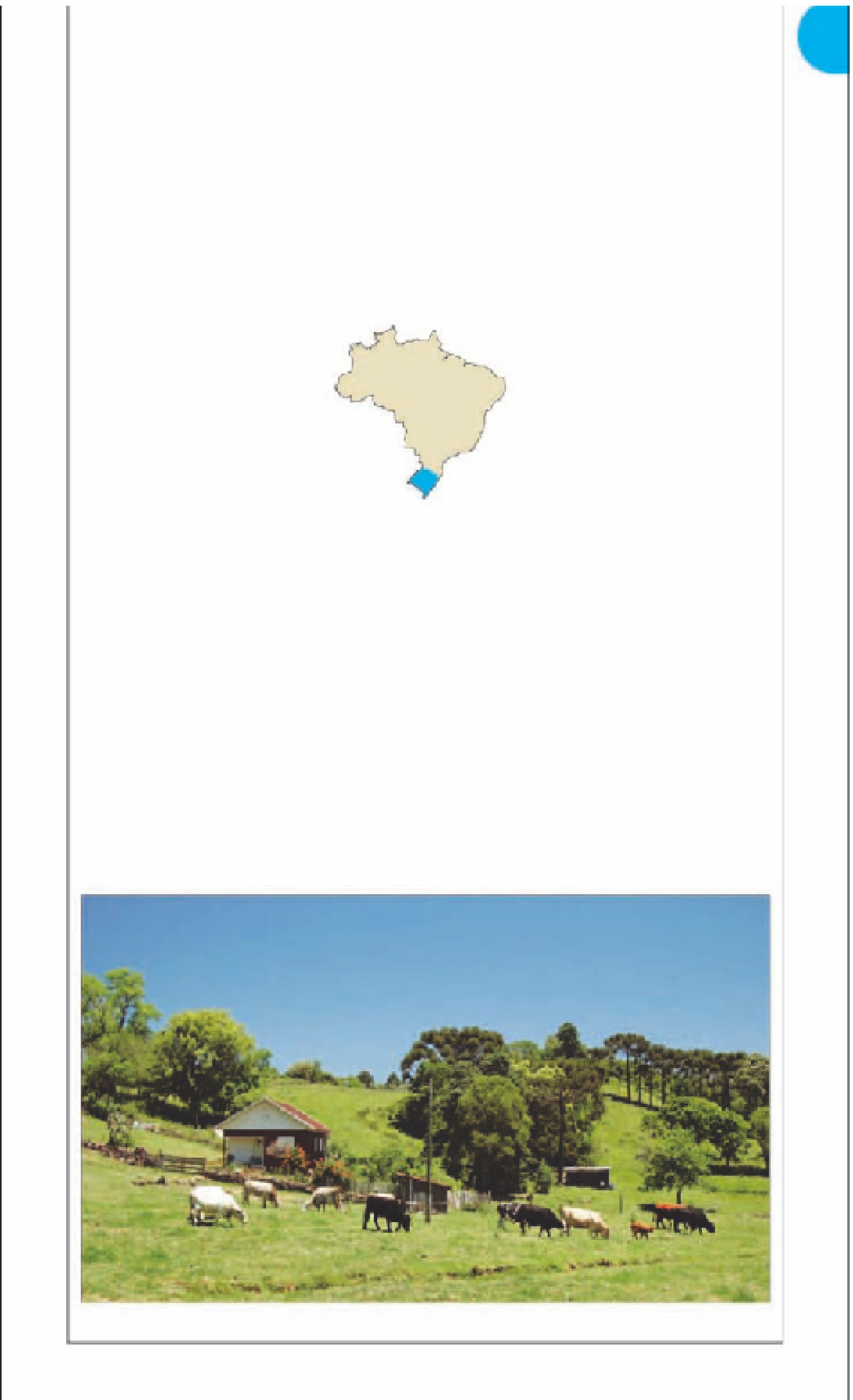Travel Reference
In-Depth Information
RIO GRANDE DO SUL
T
he vast rolling pampas, rugged landscape, and fertile valleys
of the Serra Gaúcha range are the dominant physical features
of Rio Grande do Sul. A distinctive regional identity emerged
with the semi-nomadic
gaúcho
, whose culture is still most apparent
here. Although arable farming is important, the area is dominated by
large, sprawling cattle
estancias
or ranches.
In 1494, even before Brazil
was officially “discovered,”
the Treaty of Tordesillas
divided South America
between Portugal and Spain. An
imaginary line was drawn through
the continent with land to its west
awarded to Spain and that to its
east to Portugal. Although Brazil was
Portuguese, the area that is now Rio
Grande do Sul was Spanish. Neither
power, however, controlled this
frontier region.
Even after Brazil's independence in
1822, only a few military garrisons
and small coastal settlements existed
here until the mid-1800s. Apart from
its obvious strategic significance, the
economic potential of this sparsely
populated province was gradually
being recognized. Until the mid-19th
century, indigenous Guaraní people
and
gaúchos
inhabited the pampas,
largely the preserve of wild cattle.
The forested highlands had an
even smaller population.
European immigrants settled
here on small farms in the
mid-18th century. These
agricultural, wine-producing
colonies grew rapidly and soon
transformed the Serra's landscape
and economy. By the early 19th
century, Rio Grande do Sul had
become synonymous with beef. The
charque
(dried beef) industry
developed around the southern town
of Pelotas. The introduction of
railroads and refrigeration gave a
further boost to the industry.
Beautiful mountain resorts and
extraordinary hiking can be found
around the canyons of Parque
Nacional dos Aparados da Serra.
Both
gaúcho
and European influ-
ences have instilled a distinct cultural
identity in this state, offering a
unique Brazilian experience.
Pastoral scene of cows grazing in Rio Grande do Sul
Gaúcho
riding through expansive fields of swaying pampas

































